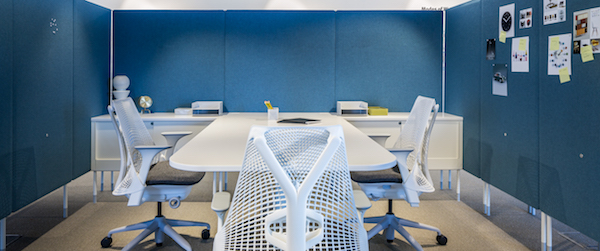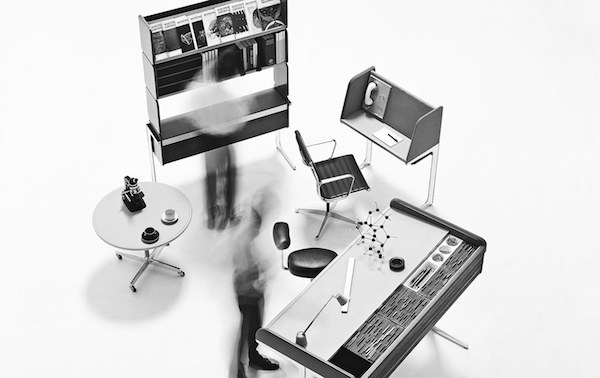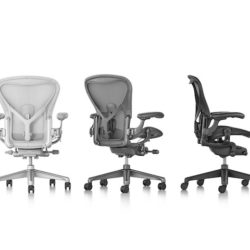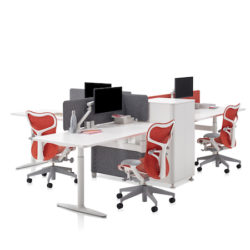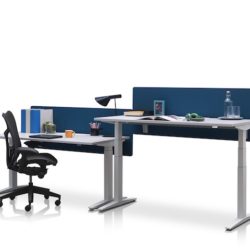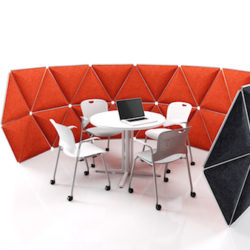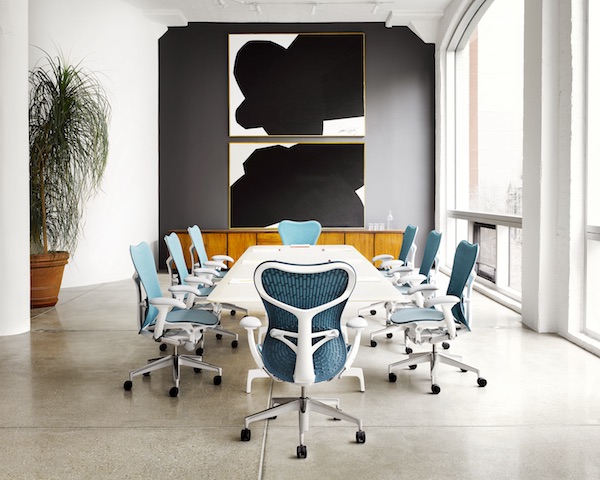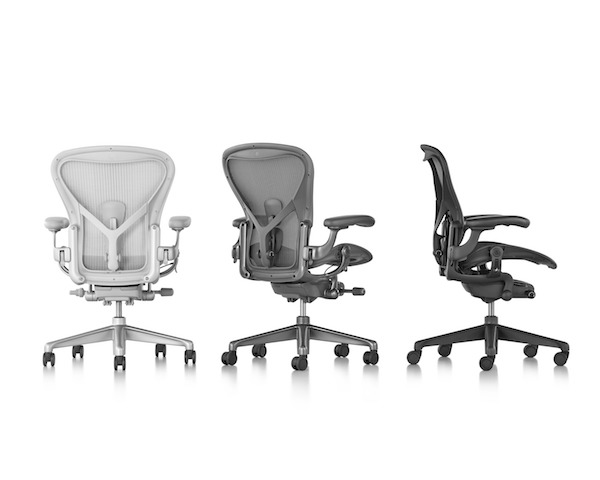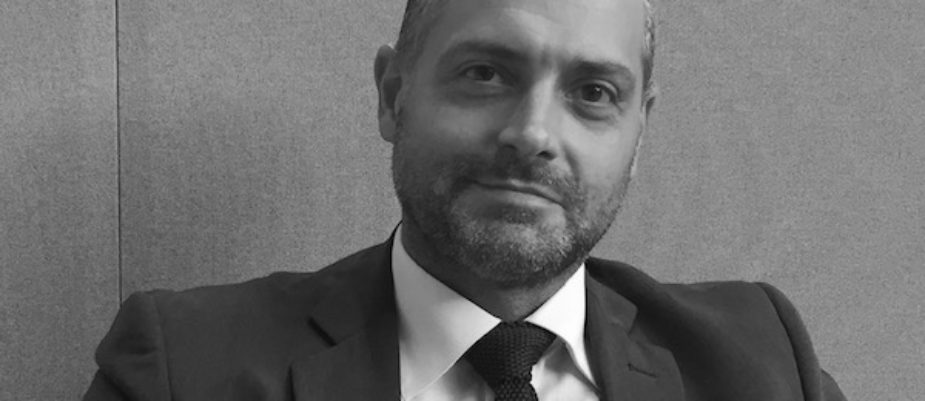
Born in Como and a cosmopolite by vocation, Mario Colombo likes to establish relations with customers and retailers from different cultures and countries, for he believes that understanding diversity can be the key to a stable growth in all areas.
Now sales director for Herman Miller, a fitting role, as this International corporation was established in Michigan over one century ago and is worldwide renowned as an example of innovation and excellence in design.
What are Herman Miller’s hallmarks?
Its acknowledged guidelines could be summed up in one sentence: “Design doesn’t mean business only, but it’s also a moral duty”.Herman Miller’s mission is the creation of design solutions to help people to do great things.That sums up our attitude in the approach to workplace and product design, always highlighting the central role of the individual. Along with this principle, there is an on-going commitment to the environment, a focus since the 50s.
How do these values become a driver for your strategies?
Each product must be carried out through the so-called “Human Centric Design”. If it serves no purpose useful for the user, the objective has not been met. This modus operand is woven in the company’s genes and we work together with designers such as Yves Behar, Studio 7.5,Tim Wallace and more, who share our attitude and our passion.
Our environmental objectives go hand in hand with the design process. Each item is assessed for its recyclability at its end-of-life, but it’s likewise important to carry out products meant to last. For instance, the chair Aeron now available in the new version Remastered, up to 91% recyclable, carries a twelve-year guarantee, 24 h a day.
Herman Miller has always been innovation-oriented, offering novel visions for the office (for example Action Office or Aeron). Such extraordinary evolutions are still possible today?
The office scenario is constantly evolving, therefore it’s difficult to foresee how things are going to change over five or ten years.
Home office is now spreading in Europe and the Mediterranean area, flexibility is a guideline for many organizations, which could suggest a progressive and radical reshaping of the office. I think that teamwork areas are going to be more and more prevalent, hence companies like Herman Miller will try to find the best way to support the people, who work there. We have designers all over the world, who are developing new products, and new things are expected in the European and global market.
As a Sales Director for the vast area that stretches from Portugal to Israel, including Italy, do you find any difference in the culture of work, requirements and ways of working in the different countries?
Obviously, in such a vast area I can see a culturally diverse context and I’d rather make a distinction between an International consumer base and local organizations. The multinational companies have often standard operational guidelines throughout the world, for the choice of design as well, irrespective of the country in which they operate. Those organizations affected to a lesser extent by the global chain can still have an individual approach in their choices. The architects dealing with interior design, fit-out and design of new models are always the best ambassadors of the trends of modernization, because customers, both global and local, rely on them for advice. That’s a common denominator in all countries I work in. So diffusione through the architects is central for a company like ours, in order to expand our studies and the results achieved by observing the ways of working contained in the Living Office project.
Studies on issues and new prospects of the workplace that Herman Miller is developing in the US ares also applicable to the Mediterranean countries?
Many studies still come from the US, but we take into account that some trends are developed all over the world. We see the same trends in Italy, Europe and the Mediterranean area, open space and cooperative rooms.The Uk and Europe have been following this direction for many years and are moving even faster than the US. Another example is the request for sit-stand and height-adjustable tables in Scandinavia, and long before the Mediterranean area. Our latest studies concern “Happiness in the office”, a theme revealing how the dynamics of the approach to the office work are the same throughout the world, hence we are trying to understand the nature of our customers and the personality of workers, so that we can supply a holistic approach to the design of an office. This study is focused on the already mentioned Living Office project.
In the last few months, the Italian branch has changed in a lot of ways. What are the strengths and strategies planned to cope with the Italian market?
After working several years in the Export area, I’m very happy to do my part also for the Italian market. The Showroom Herman Miller in Milan is a European Hub that, along with Paris and London, makes even stronger our presence in the EMEA area.
My priority is to keep and, where necessary, step up an efficient distribution network, in line with the view of growing in the Mediterranean area, where we work through long-standing executives and also a younger generation, now part of a matrix form of organization like ours.
Some colleagues belong to reporting lines, that are not related to me but to the UK branch. The company has consolidated the South Europe region, including Italy, Iberia and East Med, to conform the strategies to such different areas, some of them already working with established markets – like Italy, where we have showrooms and offices – while others are working off site like East Med and Iberia. The spread of our studies is an asset we use gladly in the whole EMEA region – also in areas we deal with from Italy – which gives us visibility with customers and architects, who play a key role. The diffusion occurs through workshops events and conferences, carried out together with our Insight Group and run by colleagues mostly dealing with R&D.

